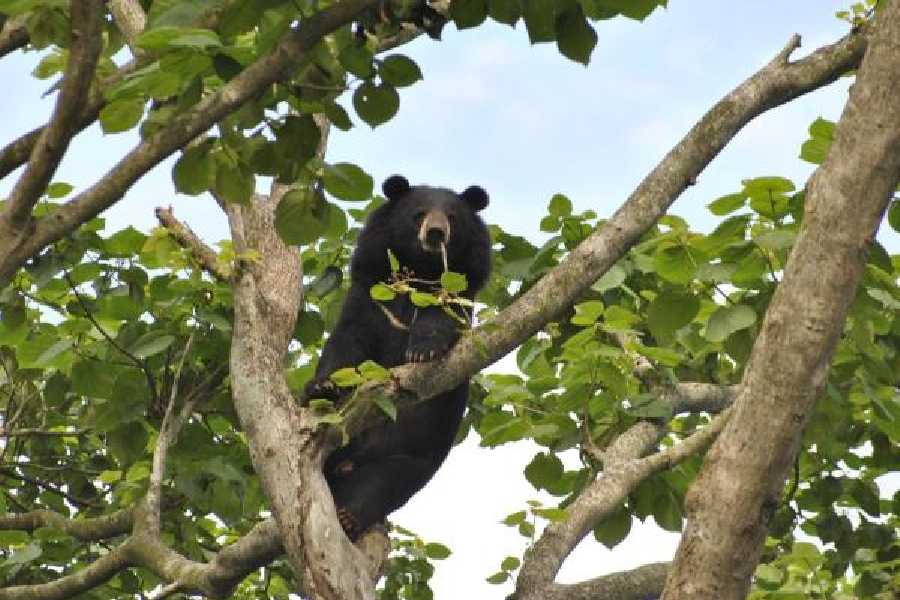About 20 per cent of reptile species risk extinction, mainly because people are taking away their habitats for agriculture, urban development and logging, according to the first global reptile assessment of its kind.
From inch-long geckos to the iconic king cobra, at least 1,829 species of reptiles, including lizards, snakes, turtles and crocodiles, are threatened, the study found.
The research, published Wednesday in Nature, adds another dimension to a substantial body of scientific evidence that points to a human-caused biodiversity crisis similar to climate change in the vast effect it could have on life on Earth. “It’s another drumbeat on the path to ecological catastrophe,” said Bruce Young, co-leader of the study and a senior scientist at NatureServe, a non-profit conservation research group. Such a collapse threatens humans because healthy ecosystems provide necessities like fertile soil, pollination and water supplies.
Among reptiles, particularly hard hit are turtles, with almost 60 percent of species at risk of extinction, and crocodiles, with half. In addition to habitat loss, both groups are depleted by hunting and fishing.
But the results also brought a sense of relief. Scientists have known far less about the needs of reptiles as compared with mammals, birds and amphibians, and they had feared the results would show reptiles slipping away because they required different conservation methods. Instead, the authors were surprised at how neatly the threats to reptiles overlapped with those to other animals.
“There’s no rocket science in protecting reptiles, we have all the tools we need,” Young said.
“Reduce tropical deforestation, control illegal trade, improve productivity in agriculture so we don’t have to expand our agricultural areas. All that stuff will help reptiles, just as it will help many, many, many other species.”
New York Times News Service










